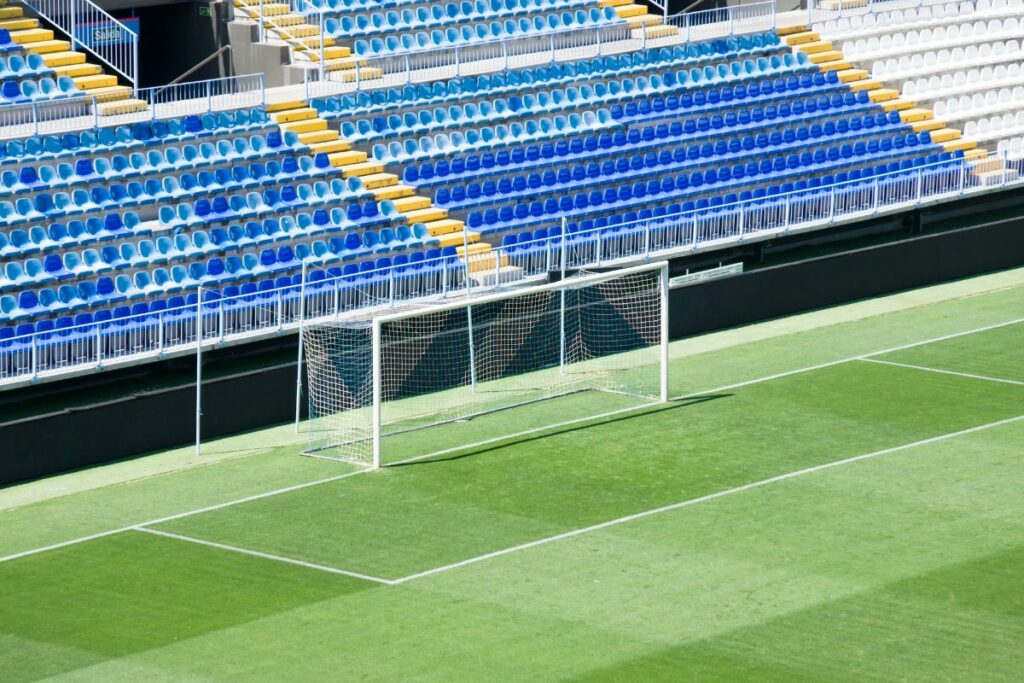
When you think of the world of sports, what comes to mind? The thrill of competition, the roar of the crowd, and the impressive stadiums that host these events. Behind the scenes of these iconic structures lies an essential industry that often goes unnoticed: welding. From the towering steel beams that support stadium roofs to the intricate details of seating arrangements, welding plays a pivotal role in bringing these arenas to life.
Stadium construction is a monumental task that requires precision, expertise, and attention to detail. Welding is at the heart of this process, as it involves joining metal components together to create the framework and infrastructure of these massive venues. Skilled welders are responsible for fabricating and installing the structural steel that forms the skeleton of stadiums, ensuring they can withstand the immense forces exerted upon them during events.
One of the primary challenges in stadium construction is achieving structural integrity while maintaining aesthetic appeal. Welders must possess not only technical proficiency but also an artistic eye to execute complex designs and architectural elements. Whether it’s crafting ornate façades or sculpting intricate metalwork, welders contribute their craftsmanship to enhance the visual appeal of sports venues, turning them into architectural landmarks.
Moreover, the demands of modern stadiums extend beyond mere spectator seating. These multifunctional complexes often house amenities such as restaurants, luxury suites, and entertainment facilities, each requiring specialised welding solutions. From installing commercial kitchens to fabricating custom fixtures, welders adapt their skills to accommodate the diverse needs of stadium occupants, ensuring a seamless experience for visitors.
Beyond the construction phase, welders play a vital role in stadium maintenance and renovation. Over time, wear and tear inevitably take their toll on these structures, necessitating repairs and upgrades to ensure their longevity and safety. Welding professionals are called upon to conduct inspections, perform structural repairs, and implement technological advancements, keeping stadiums up to date with the latest standards and innovations.
The impact of welding in the sporting world extends far beyond stadium construction. From motor racing circuits to golf courses, sports venues of all types rely on welding expertise to create and maintain their infrastructure. Whether it’s installing safety barriers on race tracks or fabricating equipment for athletic training facilities, welders contribute their skills to support a wide range of sporting activities, enriching the experiences of athletes and fans alike.
Moreover, the influence of welding extends to the sports equipment industry, where precision welding techniques are employed to manufacture everything from bicycles to hockey sticks. Welders collaborate with engineers and designers to create lightweight yet durable equipment that enhances performance and safety for athletes across various disciplines.
In addition to its practical applications, welding fosters innovation in sports technology. Advanced materials and manufacturing processes made possible by welding have revolutionised equipment design, allowing athletes to push the boundaries of human performance. Whether it’s developing aerodynamic racing cars or high-strength athletic gear, welders play a crucial role in driving progress and innovation in the sporting world.
As you can see, the relationship between the welding business and the sporting world is a symbiotic one, characterised by collaboration, innovation, and excellence. From building iconic stadiums to fabricating cutting-edge sports equipment, welders contribute their expertise to elevate the experiences of athletes and fans alike. As sports continue to evolve and expand, the role of welding will remain indispensable in shaping the infrastructure and technology that define the world of athletics.